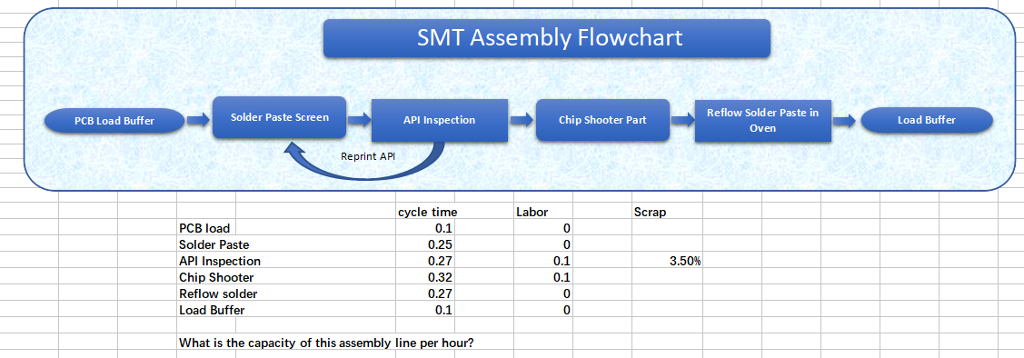Screen Paste Buffer
I hate the mouse. It’s good for some things, but not my work. Switching betweenthe mouse and the keyboard wreaks havoc on my muscle memory and fine-motor flow.Thanks to Emacs,Ion, Pine,Gaim, and Firefox (God blessFind As You Type), I can doeverything I need to with the keyboard. The only thing I can’t do with thekeyboard is copy text from a terminal. And that irks me.

Screen Paste Buffer Tool
In the past, this has driven me to desperate measures, includingrunning shells inside Emacs. I currentlyuse GNU screen‘scopy/scrollback mode,with a hack to integrate it with X Windows’ clipboard.
This command in my .screenrccopies screen’s paste buffer into the X primary selection. It runs automaticallywhen you press > to set the second mark in copy/scrollback mode.
Cut And Paste Buffer
Note that this usesConrad Parker’s xsel (notVille Herva’s xsel), which needsto be somewhere in your PATH.
Screen Paste Buffer Software
The only real way to see the contents of the Clipboard in Windows 10 is to paste it somewhere. There are third party apps you can use to view the contents and I’ll cover that in a bit. The Clipboard in Windows 10. There used to be a feature within Windows that allowed you to view the contents of the clipboard. Whenever we copy/cut/paste a video file, a text file or some other data from one file to another file then first this data goes into the clipboard buffer memory and this data is saved there until and unless you do not overwrite the clipboard buffer memory or clear the clipboard memory manually. When writing code in PowerShell the last thing you might think about is the Windows clipboard. We all probably know the infamous Ctrl-C and Ctrl-V keyboard shortcuts to copy and paste from the clipboard but this is typically done via the GUI. The paste buffer can be filled with the copy, history and readbuf commands. Other registers can be filled with the register, readreg and paste commands. If paste is called with a second argument, the contents of the specified registers is pasted into the named destination register rather than the window. After copying the desired text into the GNU Screen paste buffer using copy mode, do the following: In any of your screen windows, type pbcopy. Then paste your text into the terminal using the GNU Screen paste command (Ctrl-a unless you've changed your escape key). If the text does not end in a newline, press to insert one.